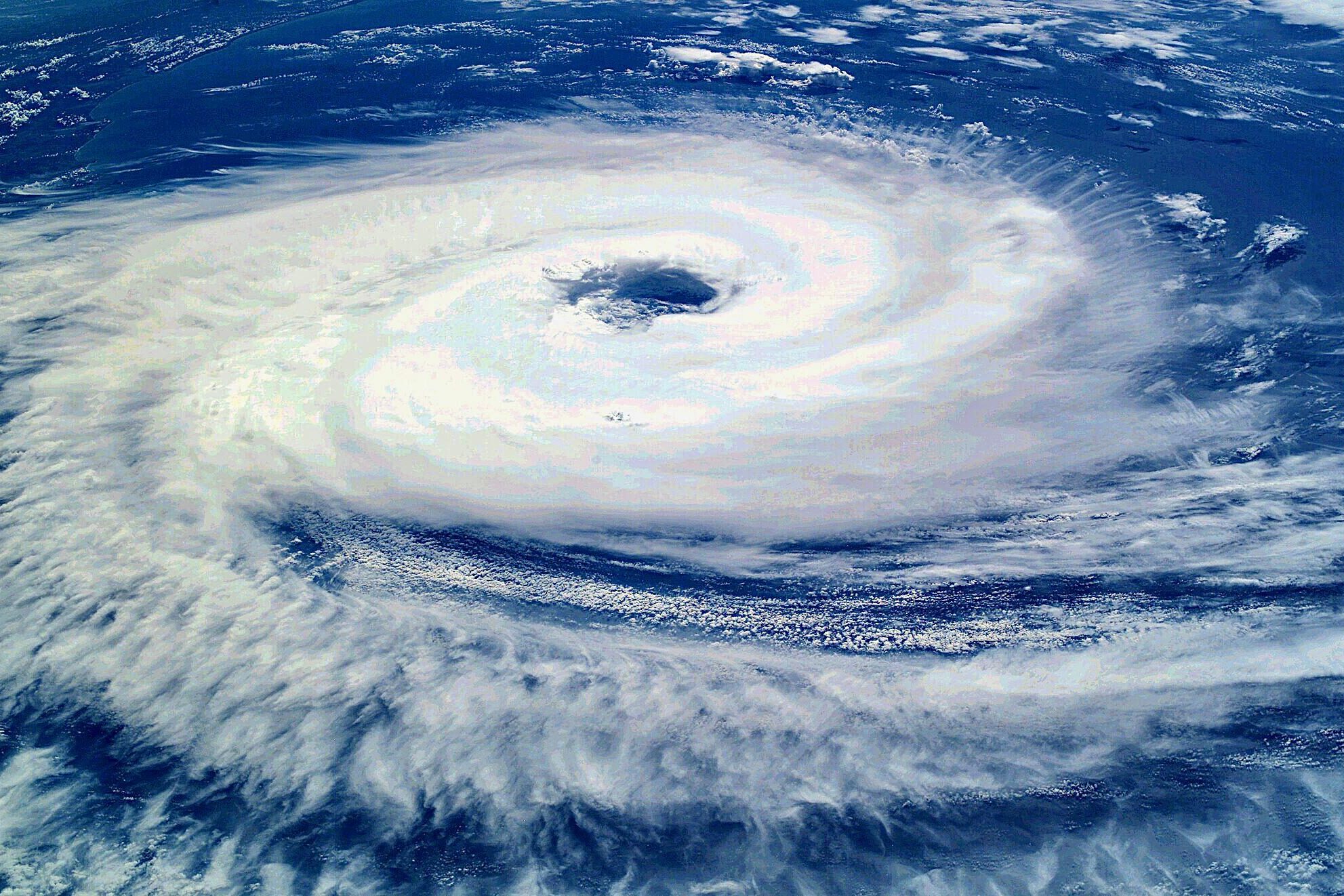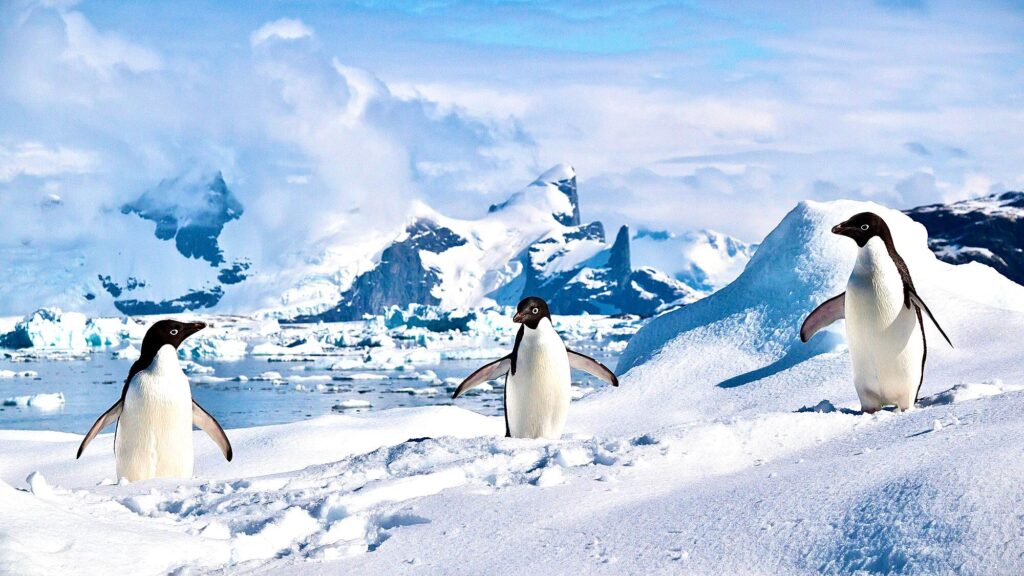1. The Collapse of the Thwaites Glacier

The Thwaites Glacier, often referred to as Antarctica’s Doomsday Glacier, is a massive ice formation that holds enough water to raise global sea levels by over three meters if it were to collapse completely. Scientists have been closely monitoring its movements and melting patterns, revealing alarming signs of instability. The glacier is currently retreating at an unprecedented rate, primarily due to warm ocean currents eroding its ice shelf from below. This process not only threatens coastal communities but also triggers a domino effect on neighboring glaciers, potentially leading to a much larger and more rapid rise in sea levels.
As the Thwaites Glacier continues to lose mass, the implications for global economies become increasingly dire. Coastal cities, home to millions of people, face the risk of flooding, which could lead to massive displacement and economic disruption. The estimated cost of adapting to rising sea levels is staggering, with some experts suggesting that it could reach trillions of dollars over the coming decades. Infrastructure, housing, and essential services would need to be fortified or relocated, creating an immense financial burden on governments and taxpayers alike.
2. Impact on Ocean Currents and Weather Patterns

The melting of the Thwaites Glacier doesn’t just threaten sea levels; it also has the potential to disrupt ocean currents and weather patterns globally. The influx of freshwater from melting glaciers alters the salinity and temperature of ocean waters, which can significantly affect the Gulf Stream and other major currents. These changes can lead to more extreme weather events, such as cyclones, hurricanes, droughts, and heavy rainfall, impacting agriculture and food security worldwide.
As these extreme weather events become more frequent, they pose a significant challenge for governments and communities trying to prepare and respond effectively. Increased rainfall can lead to flooding, while droughts can devastate crops, resulting in food shortages that drive prices up and threaten livelihoods. The economic ramifications of these disruptions can be felt across the globe, as countries grapple with the costs of disaster response and recovery efforts.
3. Threats to Biodiversity and Ecosystem Services

Antarctica’s glaciers play a crucial role in regulating global ecosystems, and their rapid melting poses a significant threat to biodiversity. As ice melts, it affects the habitats of various species, particularly those that rely on stable ice conditions for breeding and feeding. The loss of these habitats can lead to declines in wildlife populations, disrupting the delicate balance of marine and terrestrial ecosystems.
The decline in biodiversity not only impacts wildlife but also jeopardizes the ecosystem services that humans rely on for survival. Pollination, clean water, and carbon sequestration are just a few of the vital services provided by healthy ecosystems. As these services diminish, communities may face increased challenges in securing food and clean water, highlighting the interconnectedness of environmental health and human well-being.
4. Economic Consequences of Displacement

The potential displacement of populations due to rising sea levels is a looming crisis that could have profound economic implications. Coastal cities around the world are home to millions of people, and as these areas become increasingly uninhabitable, the resulting migration could lead to overcrowding in inland regions. This mass movement of people can strain infrastructure, housing, and social services, creating tensions and conflicts over resources.
The economic costs associated with displacement extend beyond immediate housing needs; they also encompass long-term impacts on local economies. As displaced populations seek new opportunities, competition for jobs and resources can intensify, leading to social unrest. Governments will need to allocate significant resources to address these challenges, further complicating their ability to invest in other critical areas such as education and healthcare.
5. The Financial Burden of Climate Adaptation

As the impacts of climate change become increasingly evident, the financial burden of adaptation falls heavily on governments, businesses, and individuals. Preparing for the consequences of melting glaciers, such as rising sea levels and extreme weather events, requires substantial investment in infrastructure and technology. Coastal defenses, such as sea walls and flood barriers, must be constructed or reinforced, while existing infrastructure may need to be retrofitted to withstand new climate realities.
These adaptation costs can strain public budgets, diverting funds from essential services and programs that support vulnerable populations. As communities grapple with the financial implications of climate change, the risk of increasing inequality grows, as those with fewer resources struggle to adapt. The challenge ahead is not only to mitigate these costs but also to ensure that all communities have the support they need to navigate the changing landscape.


